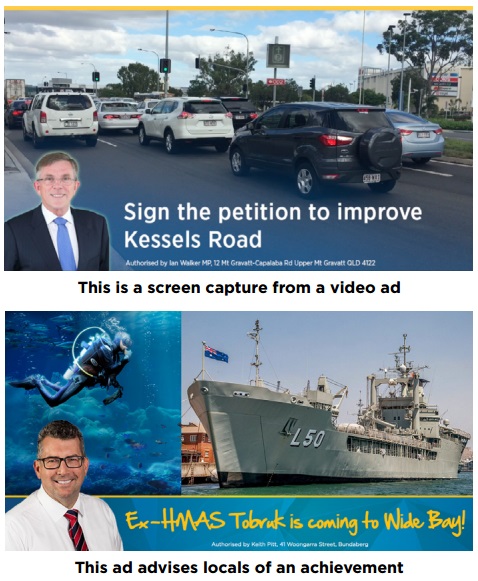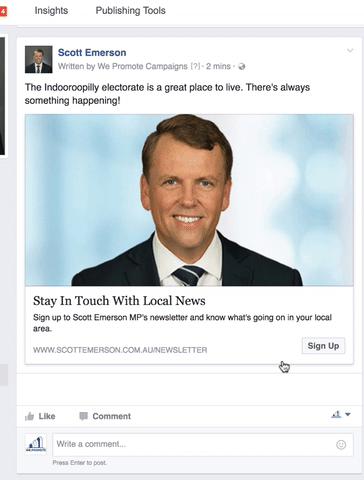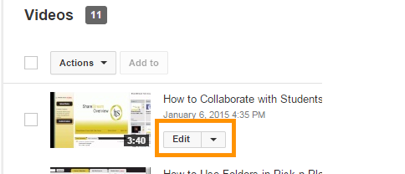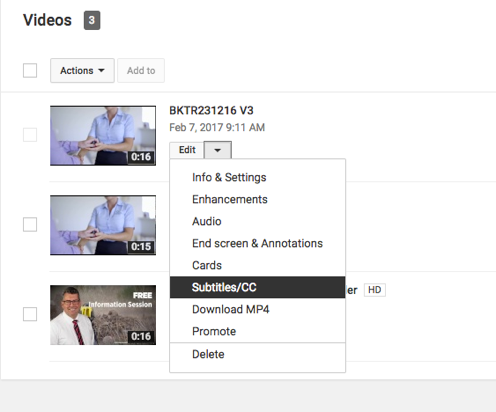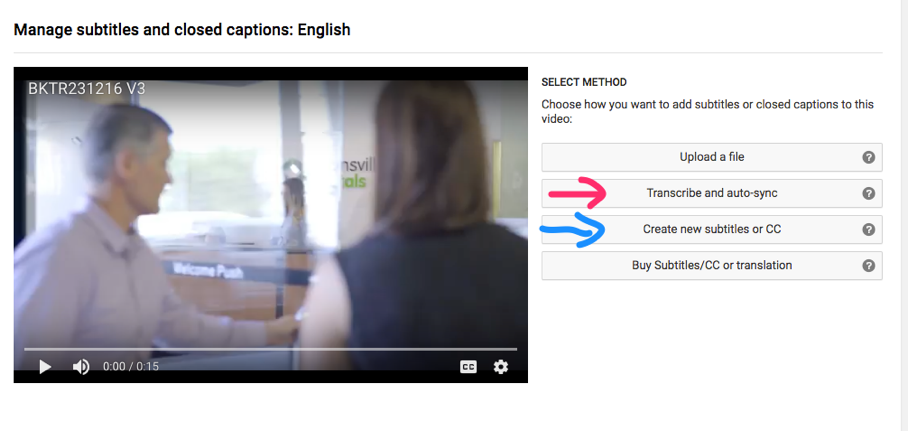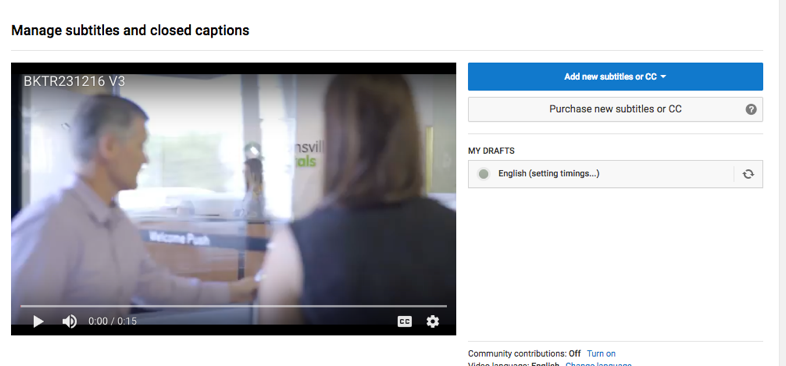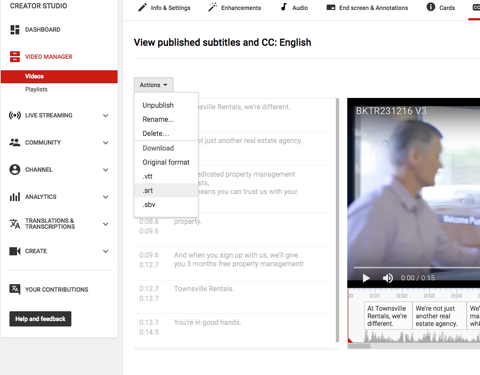How To Get Elected After A Redistribution
After a redistribution a Member of Parliament could have a significantly changed potential voter profile. If there’s a significant adjustment, 20{8d3f195ac0c500f240b755626126f93bc710286748bb518fe2534a75fa583c5f} or more of the electorate could be made up of “new” voters. If they’re lucky, the “new territory” might introduce more favourable voting patterns, making the path to victory easier. Of course, this isn’t always the case. After at least a term in office developing their “patch,” the politician faces a challenge: how to convince a new base of electors to vote for them. Hint: billboards and the occasional letter box drop aren’t enough! This report outlines how MPs can use their existing resources to not only promote themselves to their new electors, but turn that awareness into votes
How To Use Your Brand To Increase The Chance Of Getting Elected
For politicians, a brand is a symbol intended to identify themselves and to differentiate from competitors.
“The brand is the instrument that
showcases the MP and their promise to consistently deliver a specific set of values and beliefs to voters.”
When someone thinks of the brand, a number of associated elements should be connected with it. It’s more than name and face.
Brands include the following elements:
- Attributes – hard working, local, listens well
- Benefits – voters are buying benefits: “listens” means “will help solve my problems”
- Values – family, small government, sustainable environment
- Culture – efficient, organised, responsible
- Buyer – hard working, independent, moderately conservative, responsible,
educated, self-employed
Brand Affinity & Brand Equity
As we develop a brand and work to get people to like it, we are trying to build affinity with the brand. In other words, we are trying to get people to like the brand. The more people who like the brand, the higher its value. This is called the brand equity. The political candidate with the highest net brand equity is, all things being equal, most likely to be elected.
“Brand equity is essentially the “net favourability” of that brand, meaning the candidate with the highest brand equity in the political race has the highest overall brand affinity. In other words, more people like that candidate than the others.”
The challenge for the MP is to develop affinity with voters.
Case Study
When MPs think of branding only as their name and the party they represent, they miss the point of branding.
Many people (political pundits and people promoting products) love to use the term “brand awareness”. While it’s important, developing “affinity” is much more than “brand awareness”.
Different methods of advertising serve different purposes:
Billboards – great for building brand awareness, not good at educating values
and eliciting affinity.
Someone who drives past an MP’s billboard for a month might say: “I know my
local candidate is Alan Kwong but I have no idea what he stands for or what he
does.”
Magazine advertorial – terrible for building initial brand awareness, excellent at
building affinity
A voter may read an article in the local street press and comment one of two
things:
1. “I read this great article about a young female politician doing great things…
but I can’t remember her name.” (if awareness is low), or
2. “I read this great article about Amira Ranier, my local politician doing great
things… I really like her.” (if name recognition is high)
Why Voter Attitude Matters
While we often categorise voters as “strong supporter” or “swinging voters”, etc, we don’t usually consider their attitude in the context of voting. Different voters treat MPs and parties differently. This table shows brand attitude to MPs:
| Will they vote? |
Voting history |
Awareness |
Will they vote LNP? |
Attitude to LNP/MP |
| Never vote for MP |
Anti-MP voter |
High awareness of MP |
Low chance of getting vote |
Very Low affinity |
| Never vote for Party |
Anti-LNP voter |
High awareness of LNP |
Low chance of getting vote |
Very Low affinity |
| May or may not vote for the MP |
Has voted for LNP in past |
Moderate awareness of LNP |
High chance of getting the vote |
Moderate affinity |
| Low awareness of MP |
High chance of getting the vote |
Moderate affinity |
Very high chance |
Very high affinity to LNP, high affinity to MP |
| Will vote for LNP |
Votes LNP except in certain circumstances |
High awareness and affinity of MP and LNP |
Very high chance |
Very high affinity to LNP, high affinity to MP |
| Always votes LNP |
Votes LNP regardless of candidate |
High awareness and affinity of LNP, possibly low awareness of MP |
Certain |
Very high affinity to LNP |
Know, Like, Trust
If the goal is to build brand equity (and win votes) the MP must progress through three basic steps:
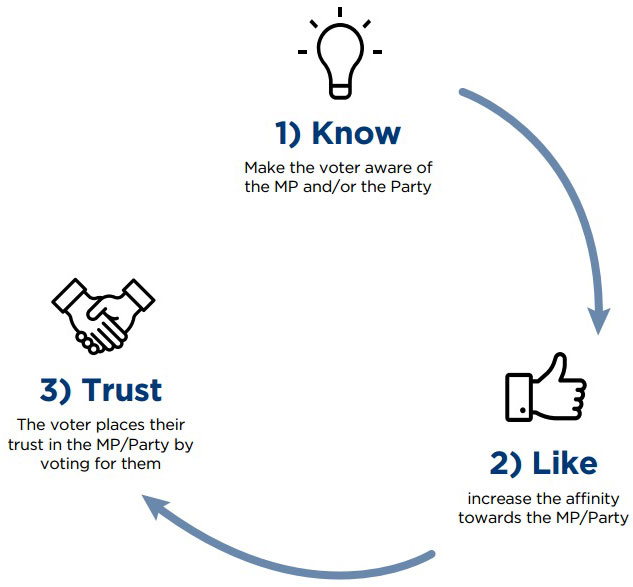
The “Know” Stage
Brand awareness is important, but having high awareness is not enough to secure votes.
As an extreme example: after Samsung Note 7s started spontaneously catching fire, Samsung Note 7 had very high brand recognition. Promoting the brand further would have been futile: it would only be reinforcing the attitude consumers already had.
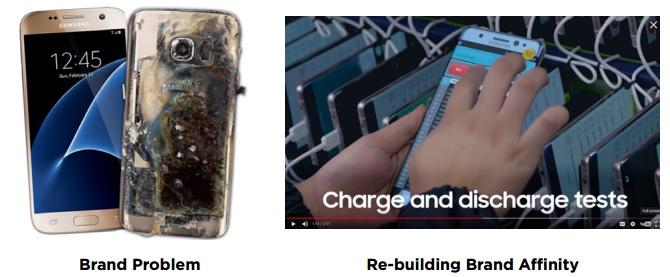
Instead, Samsung embarked on a campaign of educating: showing how phones are rigorously tested for safety, built to exacting standard and so on. Samsung was restoring affinity with their brand.
Candidates and MPs who rely only brand awareness campaigns can’t progress past the “KNOW” stage. Billboards and yard signs with a headshot and name have no way of improving the affinity of the voter towards the politician because voters have no way of making an association to decide if they like them.
“Brand AWARENESS does not equate to brand AFFINITY.”
Statement: “I know my local candidate is Alan Kwong but I have no idea what he stands for or what he does.”
Real meaning: “Alan Kwong, I know who you are, why should I vote for you?”
The “Like” Stage
The strategy for building name awareness (the first step in the journey) is comparatively simple: it is merely a process of repeated exposure to name/party/ face. Like a child rote learning their times tables, brand awareness of a political candidate is built by exposing a voter to an MP or Party many times.
Very effective recall is built over a long period of time, just like a child rote learning throughout the year.
Translating the name awareness into brand affinity is more complex but can be done in a much shorter time frame.
Once a candidate has high name recognition, it could take just a single experience to influence what a voter thinks of a political candidate. Of course, this can be applied to positive and negative experiences.
The complex relationship between party and candidate:
There have been instances when candidates have been swept into office on the back of the equity of their Party. In such cases the candidate would have to have had very poor personal favourability not to have been elected in the tidal wave. On the other hand, sometimes the equity an MP has built up counts for nothing; the negativity towards a party brand might sweep an MP from office no matter how popular they were personally.
Influencing voters at a basic level:
When we seek to influence voters with a brand, we are adopting a position so people know who we are, what we believe in and what we’ll do.
“Brand positioning: emphasising the
distinctive characteristics that make the
politician’s brand appealing to voters and
different from the competitors.”
Showing voters achievements and deliverables are great ways for MPs to improve their standing. In terms of building affinity for the MP, it serves no purpose if a politician secures funding for a new school crossing if the local voters don’t know about it.
The “Like” Stage
It’s more difficult for candidates to promote their achievements when they haven’t had the opportunity to deliver, but there are many aspects onto which brand affinity can be based.
“Branding” isn’t all about increasing the recognition rate of a politician’s name and face. MPs can choose to build the awareness of different aspects of their brand, as well.
Brand elements can be promoted to build affinity:
The Holden Calais is comfortable (brand attribute)
- Nissan includes roadside assist to rescue me if I break down (brand benefit)
- The Prius cares for the environment (brand value)
- Mercedes is made by an efficient and responsible workforce (brand culture)

Political candidates are evaluated, the same as new cars might be:
- What Party is that candidate standing for? (brand attribute)
- Will the politician help me if I need something? (brand benefit)
- Does the politician believe in a small government? (brand value)
- Is the political party likely to lead a fiscally responsible government? (brand
culture)
The “Like” Stage
The candidate can associate themselves with certain elements to increase their own likeability – which improves their brand equity.
“Increasing brand equity increases
the chance of getting elected.”
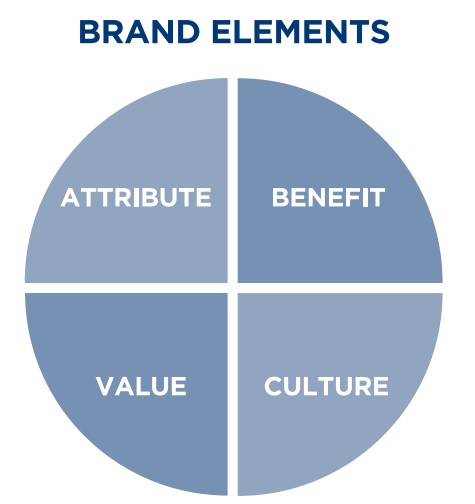
How We Promote Can Help
A brand campaign for a political candidate has to develop over time, using the know, like and trust method:
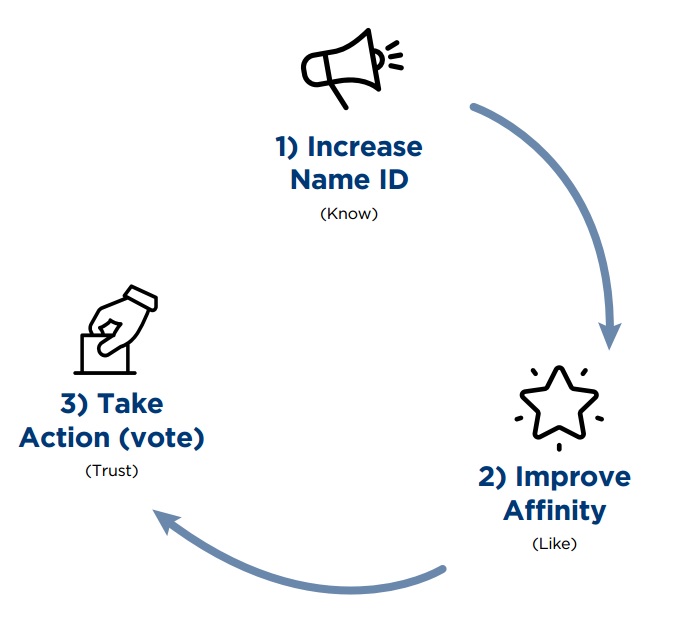
How We Promote Can Help
We Promote runs effective digital advertising campaigns to improve the electoral prospects of candidates. Here’s an example of a basic structure:
Building Name ID
Strategy: show basic name and face ads regularly to create heavy exposure
Method: Facebook desktop ads and internet display (banner) ads
Consistency: very regularly
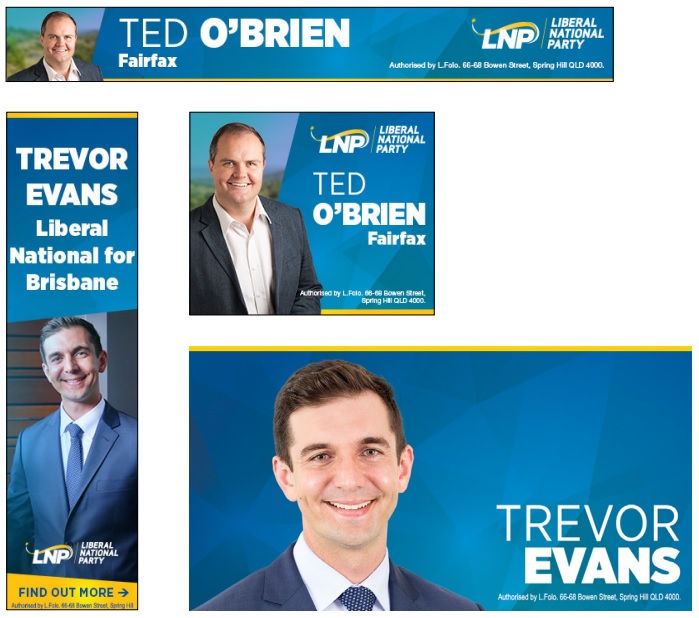
How We Promote Can Help
Create Affinity
Strategy: introduce more complex ads, showing the MP’s achievements (a grant to a school etc) or detailing certain brand elements such as a brand culture (financial prudence: “fighting to stop waste”)
Method: targeted to a specific audience on Instagram, Facebook newsfeed, YouTube
Consistency: show ads regularly but rotate artwork so each ad is shown only occasionally
Of course, We Promote uses advanced targeting to ensure the audience suits the chosen geographic, demographic and psychographic profile. The artwork for each advertisement can be tailored and adjusted to suit each potential ad audience.
